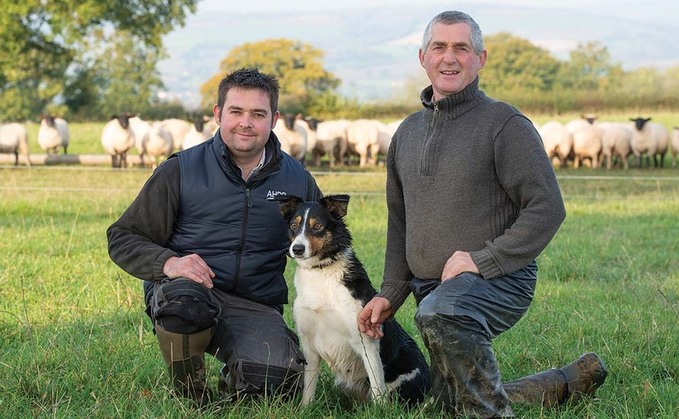
For Neil Brown, the aim of running a profitable beef and sheep farm without reliance on subsidies prompted his application for the AHDB strategic farm programme. Hannah Noble reports. Having graduated...

For Neil Brown, the aim of running a profitable beef and sheep farm without reliance on subsidies prompted his application for the AHDB strategic farm programme. Hannah Noble reports. Having graduated...